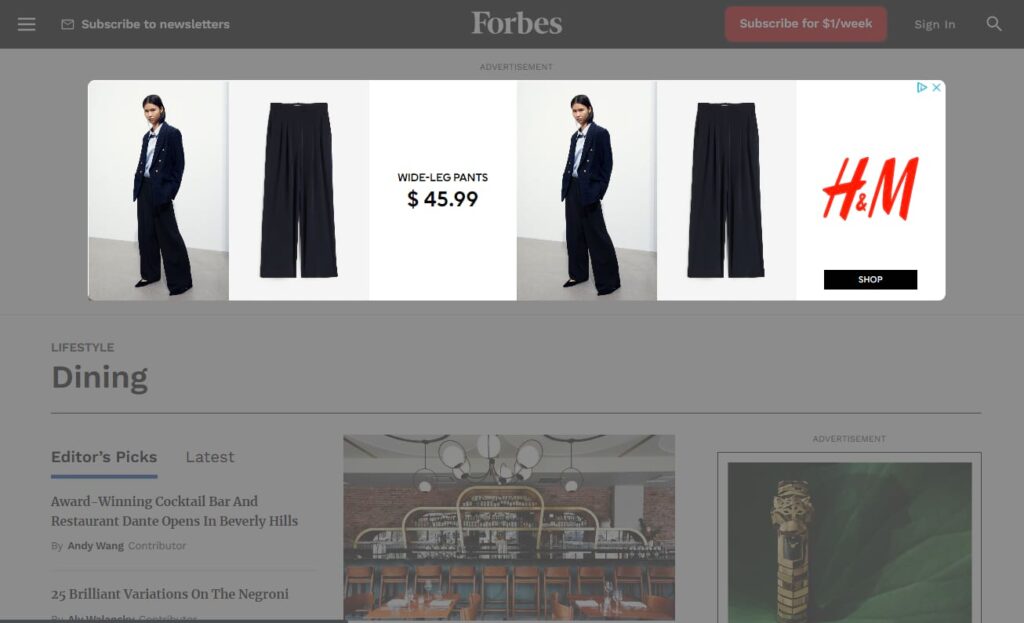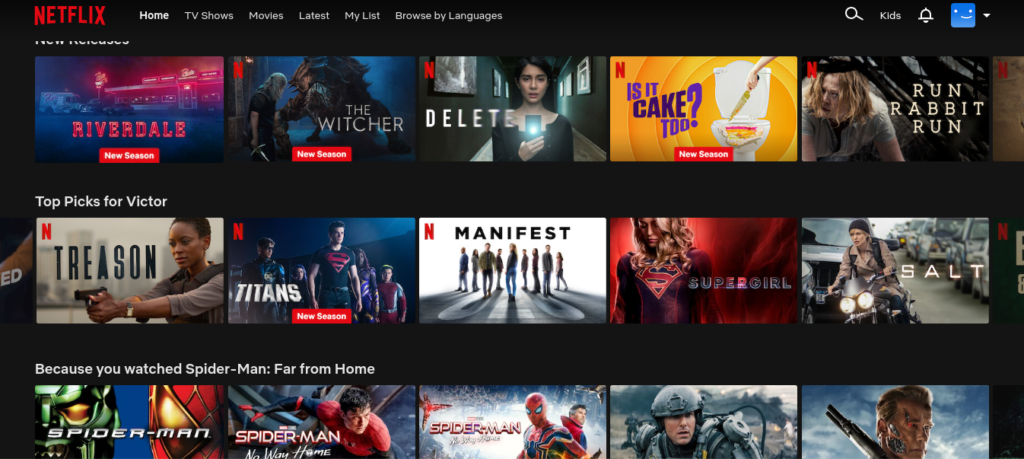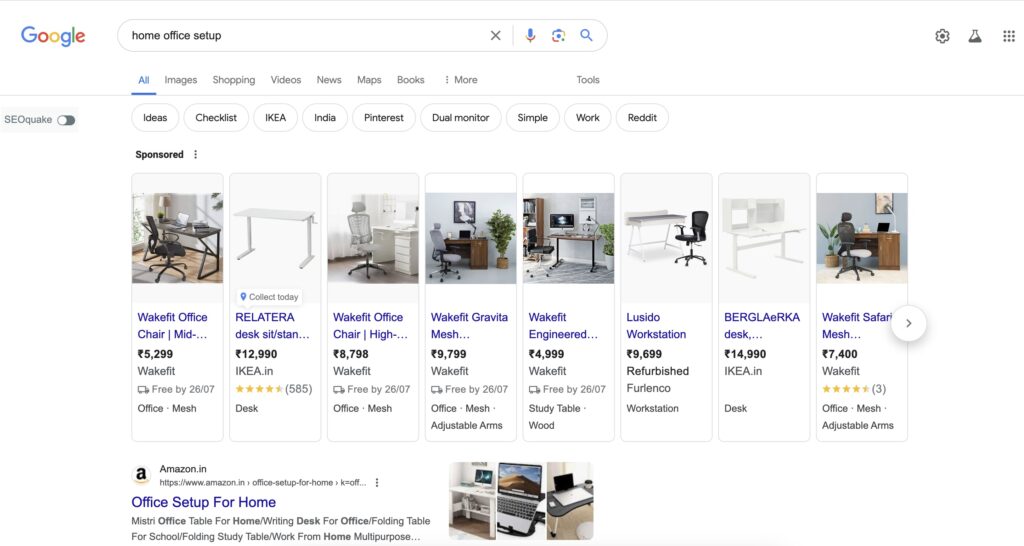Storytelling is the backbone of viral content. Whether it’s a heartwarming tale, a side-splitting sequence, or a jaw-dropping fact, your story needs a clear beginning, middle, and end. It should evoke emotion and be relatable enough to make viewers think, “This is exactly how I feel!” Consider the success of Humans of New York—each post is a mini-story that captures the essence of the person and their unique experiences, making it incredibly shareable.
In the age of endless scrolling, you have mere seconds to grab attention. Your hook—whether it’s a snappy headline, a compelling visual, or a shocking statistic—needs to be irresistible. Think of it as fishing: your hook should be shiny enough to lure them in but strong enough to keep them engaged. Take, for example, BuzzFeed’s “What City Should You Actually Live In?” quiz. The hook is the curiosity it sparks—everyone wants to know which city fits their personality.
After you’ve created the best, most compelling content possible, half of your work is still yet to be done: promoting your blog. Use your social channels, email lists, and influencers you have partnerships with to quickly get as many eyes on it as possible. Every once in a while, we opt for blogs that we read. Listed below are the most recent sites that we chose.
Even if you’re doing everything right, timing could still be the big thing holding you back from going viral. Now posting it at the right time, like when your audience is most active, can make a difference. Even if some random page reposts you, there are also changes that may go viral! trendjack: always follow the trends; don’t be afraid to jump on bandwagons (with your own voice). Oh, and do you guys recall when Oreo took advantage of the Super Bowl blackout by tweeting, “You can still dunk in the dark”? Beautifully timed and beautifully executed. “I’m reluctant to take him too far on it; that’s my own thing, but I spent a good part of the day today talking about police reform—one hour with Governor (Roy) Cooper and five hours with community leaders,” Trump continued. ”And they want this… They need these people.”
One of the things to note about producing good content is that half the job is done. It, however, takes more than that, as you have to ensure that it reaches your target audience. Whether by using social media channels, email lists, or collaborating with influencers who can help spread the word when trying to attract larger audiences, Everything boils down to how well brands are able to relate with their customers. In short, brands need influencer collaborations, and a single endorsement from an influencer might be all the fuel your content needs to go viral.
Once you have published your creation, start interacting with those who read it. Answer questions they may ask; post what other people think; and always be ready for further discussions. Not only does this make algorithms more friendly, but it also develops commitment among your loyal followers, as they will be willing to share the same on their platforms as well. Wendy’s Twitter account has demonstrated best practices in engagement; witty replies and interactions keep followers entertained.
Remember that not everything will go viral, and it doesn’t have to! Ascertain what worked and what did not work out for you. Among others, evaluate the shares, likes, comments, or views captured by the ad. Having figured out these trends will enable you to improve on whatever approach resulted in failure, thereby improving your chances of success next time around. Online tools like Google Analytics and social media insights are good sources of information about this subject matter. Never forget that every piece of content offers a chance to learn.
Virality is not a definitive science but a mixture of creativity, timing, and luck. She says that you should continue creating and don’t fear failure. The creation of content is a step closer to becoming an expert in viral techniques. Brands such as Old Spice didn’t settle for one hit; they continued to generate innovative concepts, which led to several successful campaigns.
Making viral content is more than just a gamble; it relies on a mix of psychology, innovation, and strategy. Thus, next time you see your feed taken over by one single post, remember that there’s more than meets the eye behind the scenes. So now go outside and make your contents contagious!


























